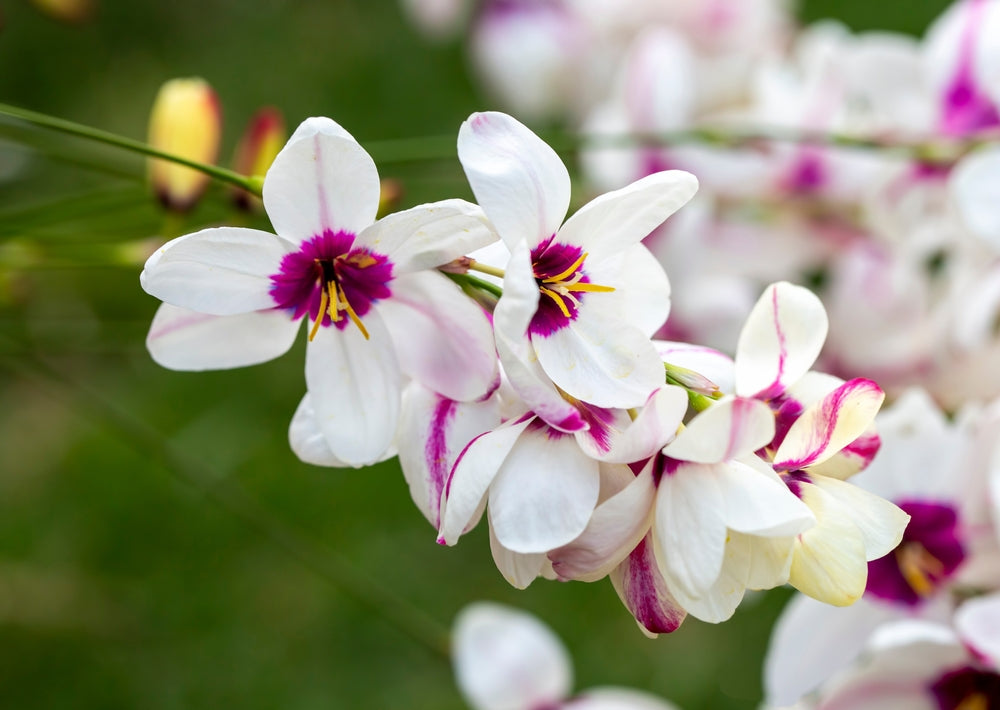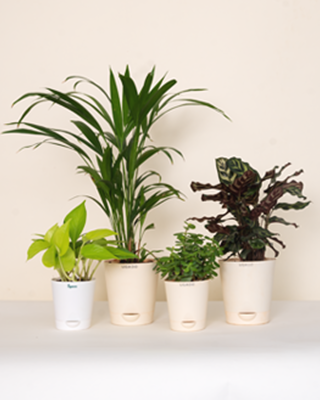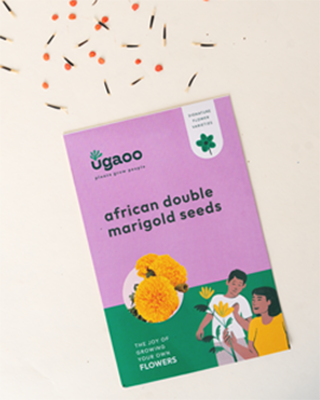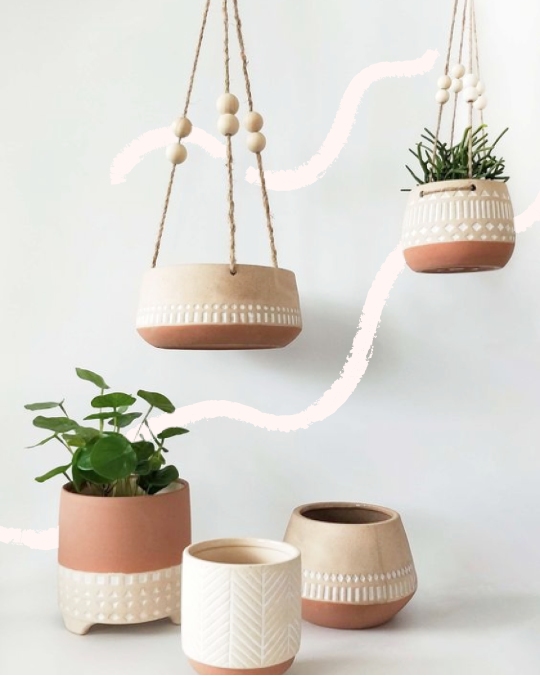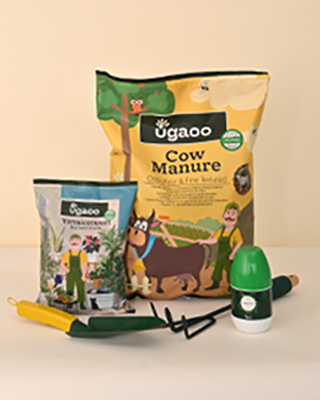Seed starter kits, also known as gardening kits, grow kits, or indoor garden kits, are the perfect tools for cultivating your own green haven at home. These all-in-one plant kits provide an easy and accessible way for both beginners and experienced gardeners to kickstart their home garden journey. With a diverse selection of vegetable plants and an array of options for a kitchen garden or outdoor vegetable garden, these kits are versatile and convenient.
Whether you're nurturing a passion for gardening or looking for a thoughtful gift, seed starter kits make for brilliant options for both. They not only help individuals embark on a rewarding journey of nurturing plants but also promote sustainable living and healthier eating.
The recipient of such a thoughtful present can experience the joy of planting and growing their own fresh produce, thus also fostering a deeper connection with nature.
However, with these gardening kits come common mistakes that people make when starting out. If you are a beginner, there is a chance that you could make at least two of these but that's okay because we're here to help see you to the other side of these mistakes!
• Common Mistakes to Avoid with Your Gardening Kit
Starting your kitchen garden? Keep in mind these tips and tricks to ensure optimal growth for your plants.
1. Overwatering Germinating Seeds
This is one of the mistakes made most often. This, of course, comes with wanting to ensure that the seedlings you are attempting to nurture are well-maintained and have enough resources to grow well. However, you want to make sure that the soil is almost dry before you water again. Too much love is also hurtful and can cause additional problems for your plants.

2. Underwatering your Seeds and Plants
Ironically, this is also a mistake made too often. If you wait too long before watering the soil, and it dries out too much, you seedlings won't get nearly enough water and they could easy shrivel before they even grow. Water your plants enough so that they stay hydrated but also not so much that the soil becomes water-logged. Finding the right balance is a tough task but once you get the hang of it, it will come naturally to you.
3. Too Much Light
Understanding that seedlings need just enough but not too much light is vital to their survival. They should get a healthy amount of light but if you expose them to the harsh natural light near a window or outdoors, there is a high chance that they won't do well with it. Seeds that get too much light have proven to have lower germination rates.

4. Not Enough Light
Next on the list of ironies is your seedlings not getting enough light. Even in this case, striking the right balance is hard but completely necessary. Many suggest that to ensure just the right amount of light for your seedlings, artificial grow lights are necessary. These allow you to control and manage just how much light will be reaching you seedlings.
You will have to adjust the way you place these grow lights near you seedlings for optimal growth.
5. Planting Seeds at Wrong Depth
When planting seeds, you need to ensure that you do so at optimal depth. The required depth depends on the type of seed growing. If you are unsure about how deep to sow a seed, then remember that the depth depends on the size of the seed. If the seed is smaller, it needs to planted closer to the surface to ensure its survival. On the other hand, if it is bigger, it needs to be planted deeper in the soil.
6. Planting Old Seeds
While sowing seeds, the older they are, the longer they take to germinate. While there is a chance that they could germinate and grow into plants like they were always meant to, the process can be longer and more frustrating. Especially, if you are a beginner, the longer the process is, the sooner you could want to give up and the process of growing plants from seeds is all about patience.
7. Adding Too Much Fertilizer
If you add too much fertilizer to the soil, it could easily become what is called hypertonic. This means that there will be too much fertilizer chemical and very little water in comparison, which could lead to the water being pulled out from the plants. Eventually, this will result in the plant becoming dehydrated and drying out completely. While it is true that you need to ensure just the right amount of water for plants at all stages, it is especially true for seedlings. They have very few ways to show you that they aren't getting enough water and could thus die before you even have a chance to amend the fertilizing process.
8. Hardening Up Your Plants Too Soon
When seedlings are potted indoors, they will need time to get used to the outdoor climate and fluctuations in the daily weather. To get them used to it, you need to slowly introduce them to the outdoors. This process of controlled and limited outdoor time daily before re-potting them outside is called "hardening up". If you happen to expose you seedlings to this too soon, they may not survive as a result of harsh winds, too much sunlight as it could sunburn them, and even because of other unpredictable weather conditions.
The process needs to be done at the right time and gradually.

9. Not Creating Drainage Holes
Whether you have planted you seeds in a plastic container of a seedling tray, they need to have drainage holes to ensure that the soil does not get waterlogged. This needs to be done to ensure that your seedlings have enough breathing room and are not overwhelmed by the amount of water supply.
10. Not Potting Up Your Seedlings at the Right Time

Potting up means shifting your seedlings to a larger, more spacious pot when they start to grow and need more space to do so properly. Re-potting them like this and ensuring that they are not overcrowded is crucial for proper growth. Waiting too long to repot them will lead to slower growth.
In essence, these seed kits bring the beauty of a flourishing plant garden right into your home, providing the joy of growing and harvesting vegetables and fruits, all within the convenience of your indoor space. With a seed starter kit, the world of gardening is at your fingertips – all you have to ensure is that you provide your seedlings with the right amount of care and time, thus allowing them to grow the way they should.
Buy Vegetable Seeds






